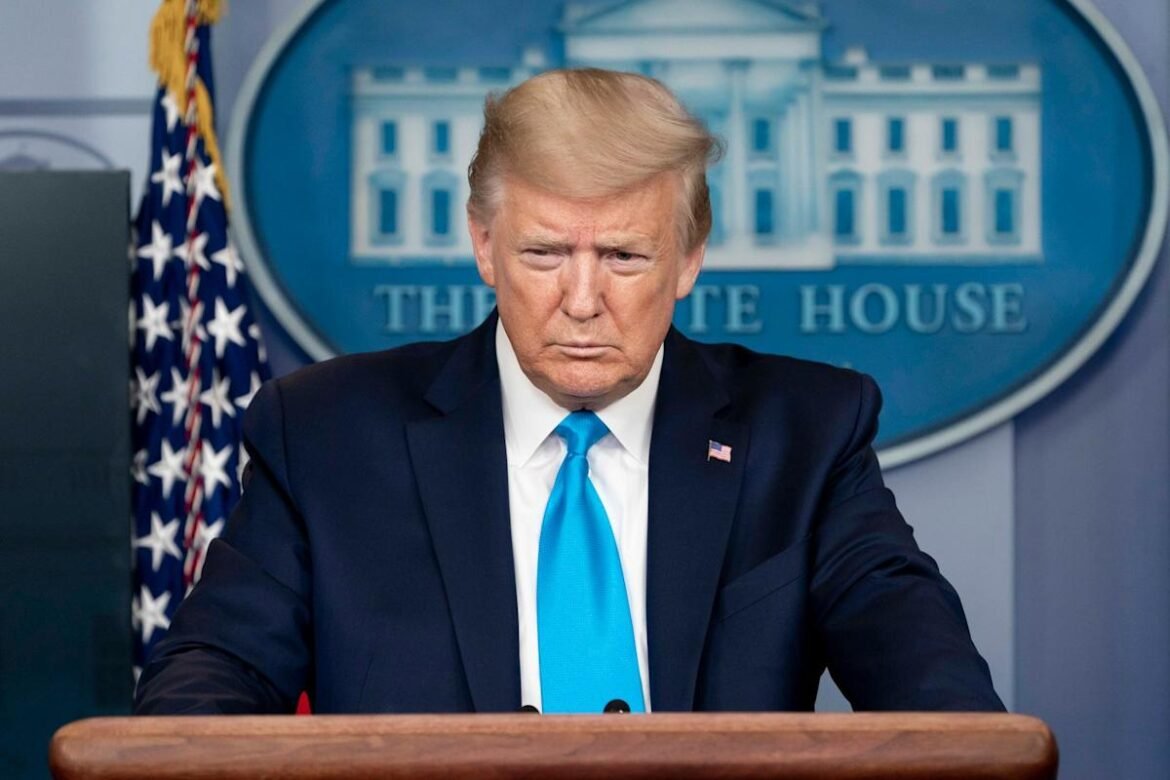-
Severe tariffs recently reinstated by President Trump have pushed the average tax on U.S. imports to its highest level in decades.
-
Trump fired the Bureau of Labor Statistics (BLS) commissioner after insinuating the latest nonfarm payrolls numbers were fake.
-
The combination of severe tariffs, questions about economic data integrity, and already high valuations could lead to another stock market crash.
The U.S. stock market has taken investors for a bumpy ride this year. The benchmark S&P 500 (SNPINDEX: ^GSPC) fell as much as 19% from its record high when President Donald Trump announced sweeping “Liberation Day” tariffs on April 2, but the index swiftly rebounded when he paused the duties for 90 days.
However, Trump just gave investors two reasons to worry about another market crash: He recently reinstated modified versions of the severe tariffs announced earlier this year, and he fired the Bureau of Labor Statistics commissioner in a way that threatens to politicize the independent agency responsible for gathering economic data.
Here’s what investors should know.
Trump recently reinstated the reciprocal tariffs first announced on April 2. After a monthslong pause, during which the U.S. struck trade deals with a few countries, the new duties took effect on Aug. 7. Listed below are the tariff rates on top U.S. trading partners.
-
European Union: 15%
-
Mexico: 25%
-
China: 30%
-
Canada: 35%
-
Japan: 15%
Importantly, Canadian and Mexican imports in compliance with the free-trade agreement are not subject to tariffs listed above. Also, the 30% tariff on Chinese imports excludes pre-existing duties, and the rate is subject to change depending on the outcome of ongoing trade talks, which should conclude in the coming days.
The Budget Lab at Yale estimates tariffs have increased the average tax on U.S. imports to 18.6%, the highest level since 1933. Economists at Goldman Sachs and JPMorgan Chase put the figure closer to 17%, but the big picture is the same: The U.S. government is taxing imports at a rate not seen in nearly a century.
The consequences are difficult to predict due to the lack of historical data, but economists generally expect a one-time increase in inflation and a persistent drag on gross domestic product (GDP). For instance, the Budget Lab at Yale estimates tariffs will lower GDP growth by 0.5 percentage points in the next two years, and the Tax Foundation estimates tariffs will reduce GDP by 0.8% over the next decade.

